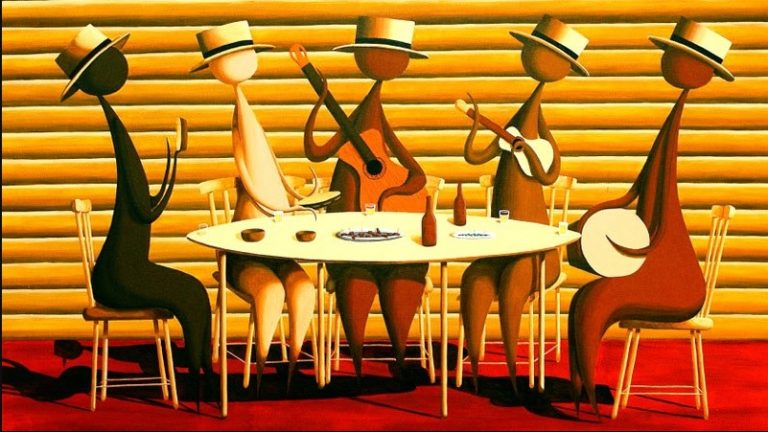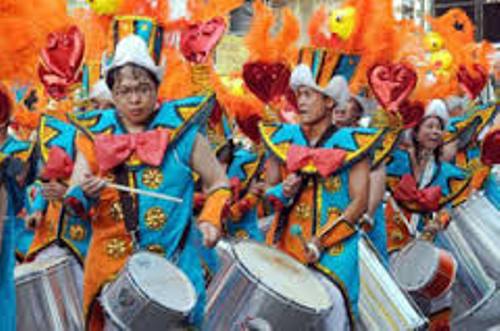


The traditional form of Samba de Roda – Knife and Plate were an instrument traditionally played by women – Source: Bahia Gov- DiffusionĪt its most Traditional level, Samba exists since the 17-18th centuries as Samba de Roda in Bahia. As samba traveled within Brazil and around the world, dozens of new instruments were added to the mix. The origin of Brazilian music: Percussion instrumentsĪ Knife and a plate, an Atabaque drum and the Pandeiro, a Brazilian version of the tambourine, and the Caxixi shaker, and an Agogô bell were the instruments used in the original Samba de Roda. Samba instruments can vary from Afro-Brazilian traditional designs of different Samba instruments to contemporary Industrial versions.

Dozens of different styles of various shakers are also present. There are hundreds of percussive instruments in Brazil, and Samba rhythms are based primarily on drums, played with the hands, sticks, and even with rings (Ring-Repique). Young boys playing Samba Duro: A direct descendant of Samba de Roda. It continues to evolve and merge with other rhythms, while also the traditional forms of Samba are still thriving, such as the Samba Roda, the kind of Samba found alongside Capoeira and the Afro-Religions of Brazil. Today, samba is enjoyed by people all over the world. Samba rose in popularity in the early 20th century when the samba schools, or “Escola de Samba” and the Radio innovations came to Rio de Janeiro, then the capital of Brazil.īahian Samba came into play in the late 20th and early 21st century, alongside the rise of Salvador and Rio’s Carnival celebrations. Samba de Roda was the primary form of Samba, created from a blend of West Africa and the Bantu group’s culture, brought by African enslaved people. Samba, while extremely varied has a predominant 2/4 timing focusing on the off-beat, syncopated rhythms, and is passed down by oral methods. Samba Instruments, drums, and Rhythms are very varied, as is the nature of Brazilian culture.įrom rural and traditional Afro-Brazilian traditions to the major cities’ characteristic rhythmic patterns and popular music, there are many forms of percussion making up the Samba genre. Samba is a Brazilian musical genre and dance style that originated in Bahia, Brazil, and became a country sensation, being the main rhythm for many Brazilian states, namely Rio de Janeiro and Bahia, the most influential places for the history and development of Samba.


 0 kommentar(er)
0 kommentar(er)
